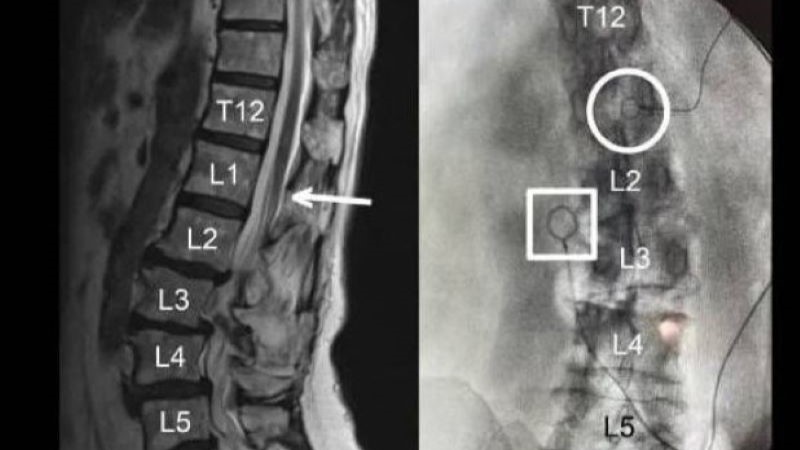
Although quadrilateral plate fractures present as a particularly challenging acetabular fracture to manage, there is little existing research into the fracture lines of such injuries. To address this gap in clinical data, researchers from Sichuan University have recently applied a fracture map technique to study the fracture lines of the quadrilateral plate in a retrospective analysis. This work was published on September 12 in the Journal of Orthopaedic Surgery and Research.
Background of the Study
This study used CT data from patients seen at the West China Hospital for acetabular fracture between January 2009 and May 2017. Patients included in the study were at least 18 years of age, had fractures involving the quadrilateral plate, and had complete radiographic assessments conducted. Patients were excluded from the study if they had poor quality CT images, severely comminuted fractures that did not have identifiable fracture lines, or pathological fractures involving tumor, infection, or metabolic disease.
The quadrilateral plate was defined to be bound by the greater sciatic foramen posteriorly, the obturator foramen anteriorly, and the pelvic brim at its superior edge, with a horizontal line joining the ischial spine and the obturator foramen inferiorly. Data regarding these fractures were evaluated using X-ray, CT, and other operative records from the patients, with Judet-Letournel classification being carried out as well. The fracture maps of different forms of acetabular fractures in the quadrilateral plate were then drawn, with six basic fracture lines being defined.
Key Findings
The researchers found that fracture lines of double-column, T-type, and anterior column with posterior hemitransverse fractures mainly included upper transverse lines and upper oblique lines. The authors note that the fracture lines of posterior wall fractures and anterior column fractures primarily displayed upper transverse lines, despite the posterior wall fracture lines being in a lower position. Fracture lines of transverse fractures and transverse with posterior wall fractures both correlating with upper oblique lines. Posterior vertical lines were common amongst the posterior column fractures.
Clinical Significance
The authors concluded that different forms of acetabular fractures display unique patterns in their fracture lines. They note that this regularity amongst specific fractures in the quadrilateral plate can provide insight as to the best surgical approach and design of internal fixation for each patient.
“Observation of the fracture line by fracture mapping provides us with a new perspective to study acetabular fractures, which helps orthopedists understand the acetabular fracture classification intuitively and comprehensively,” the authors concluded. “Fracture lines of the quadrilateral plate can provide some guidance for the choice of surgical approach and the design of internal fixation for acetabular fractures.”
Author Affiliations
In order, the authors of this study were Yun Yang, Chang Zou, and Yue Fang of the Department of Orthopaedics, West China Hospital, Sichuan University, Chengdu, Sichuan, People’s Republic of China. Yun Yang and Chang Zou made equal contributions to this work.







 © 2025 Mashup Media, LLC, a Formedics Property. All Rights Reserved.
© 2025 Mashup Media, LLC, a Formedics Property. All Rights Reserved.